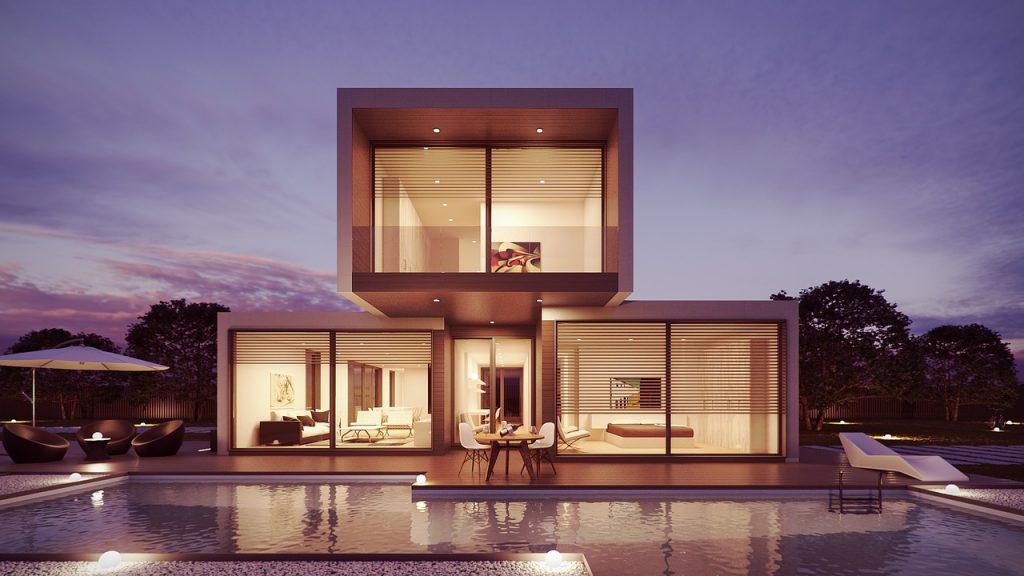Virtual reality has been touted for its ability to reinvigorate stagnant industries with new experiences. Nowhere is this more so than in the field of architecture.
This according to Lance Muller of Cape Town-based firm Peerutin Architects, who believes virtual reality can help address a long held problem within the architectural field.
Namely helping designers and architects convey their 2D designs in a more immersive and experiential 3D format.
Greater immersion
“Architecture has always conveyed 3D aspects with 2D drawings, which some of their clients struggle to interpret. It is possible to draw multiple views of a space in 3D, but it takes too long to do so from all angles, and even if you did, it’s still not immersive,” he explains.
To further illuminate his thoughts, Muller uses the example of the old-school View-Master, which was able to allow its user to experience 2D images in a 3D format. He says that virtual reality is an extension of that, especially when it comes to the spatial quality that VR headsets and software provides.
“For a immersive experience in a three-dimensional space, six degrees of freedom are a prerequisite: you can take in information by moving your head up or down, turning it left or right, tilting your head towards either shoulder, moving down (say, to your knees) and up, or moving left, right, forward and back within the ‘space’,” says Muller.
“Anything less is not truly immersive,” he adds.
Clearer communication
While being able to take 2D concepts and convert them into a 3D format is one of the key reasons why VR is such an innovative technology for architects and designers, Muller also stresses the importance that its experiential quality affords.
A drawing, and even a small scale 3D model, can only offer you so much in terms of translating your ideas from the page to reality. It is also limited when it comes to communicating one’s ideas to others, and clients in particular.
This is a hurdle that VR can easily overcome in Muller’s view.
“At Peerutin, some time ago, we had an experience where we’d essentially completed the design process in SketchUP – a 3D modelling program. We made a number of revisions, but the client was not satisfied. At the time we’d just installed the tech and hardware needed for VR and decided to show him the design in VR. He put on the headset and fell in love with it,” enthuses Muller.
“And this is the magic in terms of the application of VR in architecture: it allows far better communication and understanding between the architect and the client, who can give instant feedback during the design process. The process is also iterative – you can offer the client different versions of his design and he can experience those differences in a way not imaginable before,”he continues.
Opportunities to engage
The ability to create VR models has also opened up opportunities for Peerutin Architects to engage more with current and prospective clients.
Something as simple as QR code can be sent to a client’s smartphone, which when paired with an inexpensive VR kit like Google Cardboard, can allow them to view and virtually walkthrough a building without having to leave the comfort of their home.
Peerutin Architects also has a VR room of its own with standalone headsets and sensors to allow clients to experience designs in an even more immersive way.
“Peerutin clients can experience all 6-degrees of freedom in our boardroom. And if they have their own VR kit, they can experience it at home too. The pared down option of moving from viewing point to viewing point on a phone screen is incredibly useful too. We can send QR codes to clients anywhere in the world,” notes Muller.
“The level of detail chosen has time implications and impacts the cost. We can model anything and populate the model with anything, from hanging clothes in the walk-in closet to laying the exact paving stones you’ve chosen,” he adds.
Better planning
As Muller ends, the real upshot of virtual reality is its ability to communicate to clients, as well as bringing an architect’s vision a step closer to fruition. Added to this is the ability to make changes in the planning stage of a project, before ground is broken or a brick is laid.
“Being able to offer VR is a massive advantage to both architect and client. As one Client remarked, when discussing the option of adding a VR component to his project, ‘How can you plan and invest in a high-end residence and not want to experience it or check the design from the inside out before building starts?’,” remarks Muller.
“There are many applications for this technology: architecture is just one,” he concludes.
[Image – CC 0 Pixabay]

